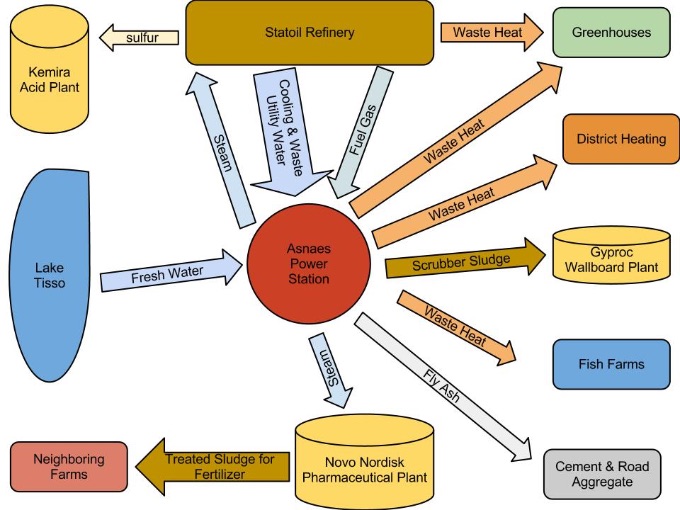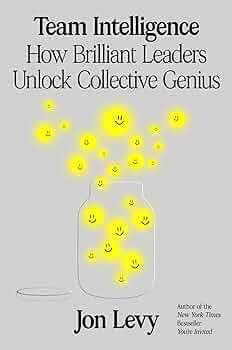October 3, 2025
Company
"Strategy is how we know what the hard choices are, and when and how to make them."

Cate Huston is an Engineering Director at DuckDuckGo, author of "The Engineering Leader" (O’Reilly), and an advisor at Glowforge. She previously held leadership roles at Automattic (the company behind WordPress) where she led the mobile, Jetpack, and Developer Experience teams, and has also worked at Google as a software engineer.
Cate Huston says that strategy – how to be strategic, and how to be seen as strategic – is one of her ongoing obsessions. Years ago, she read Good Strategy/Bad Strategy, and she says that it’s guided her thinking ever since. What really stood out to her was how much thought and understanding it takes to make a good strategy. The book taught her that strategy isn’t just about big long-term goals, but about focusing on the small, realistic next steps we can actually take right now, which eventually guide us toward where we want to go in the future.
As a long-time fan of David Allen’s Getting Things Done, I connect with Huston’s advice. Allen teaches that you can’t “do” a project—you can only do the next concrete step. In the same way, Huston urges us to read the context, empower our teams, and take small, informed actions that build over time.
Huston grounds her approach in four essentials: time for reflection, attention to context, a sense of direction through proximate objectives, and the expertise to guide and validate decisions. She sees these not as fixed rules but as supports to help her adapt in complex or shifting situations.
By focusing on the next meaningful step instead of distant ambitions, she says we make more practical choices, adjust as conditions change, and deliver results that matter—learning and improving as we move forward.
She writes mainly for product development teams, but her insights apply broadly to any group of people working to move together.
"We often talk about strategy like it’s defining the end state, setting and describing the destination. But strategy is about defining the incremental steps – the proximate objectives – that can take us towards that end state. Strategy is understanding where we are at – context – and the path from there to where we need to go. Any strategic “plan”, is best executed as a set of proximate objectives."
"Strategy is about more than just a vision; it’s about navigating the path to get there. We need to balance time, context, direction, and expertise to ensure we’re not only seen as strategic but are genuinely creating a strategic path forward for the teams we’re responsible for – and our own evolving needs to competently lead them."
ARTICLE: Getting More Strategic




